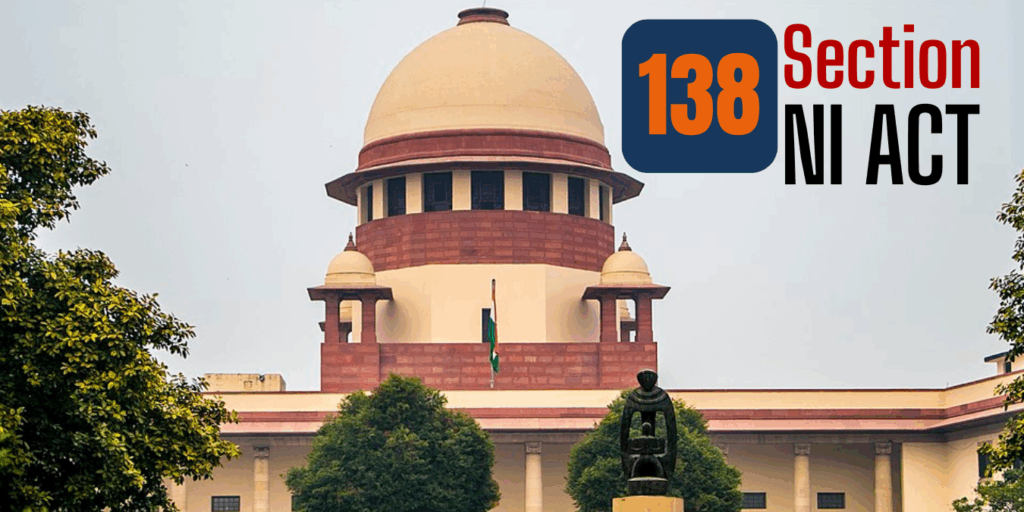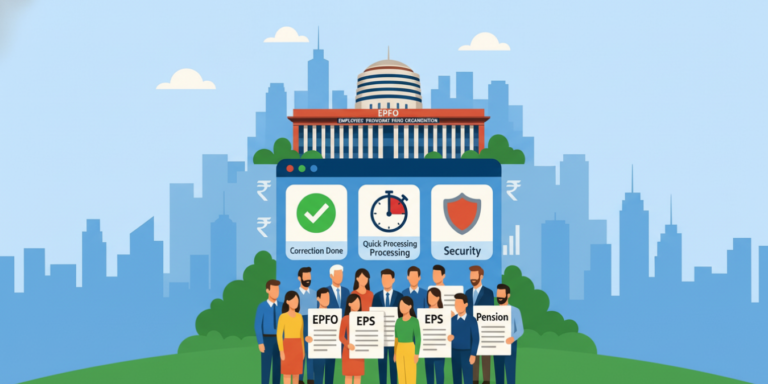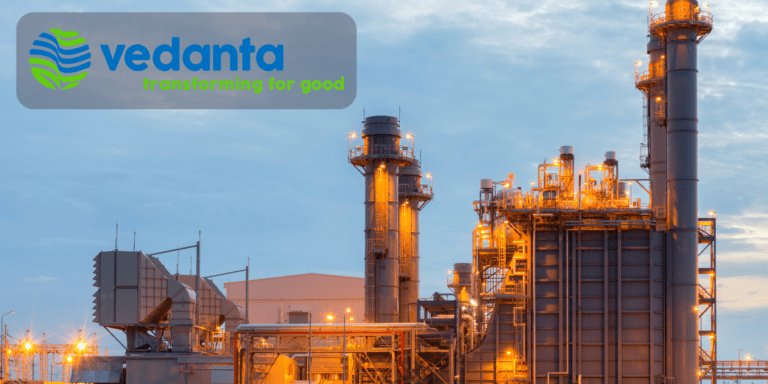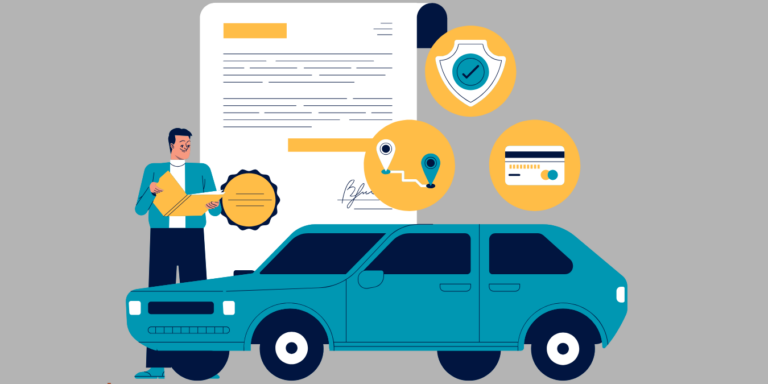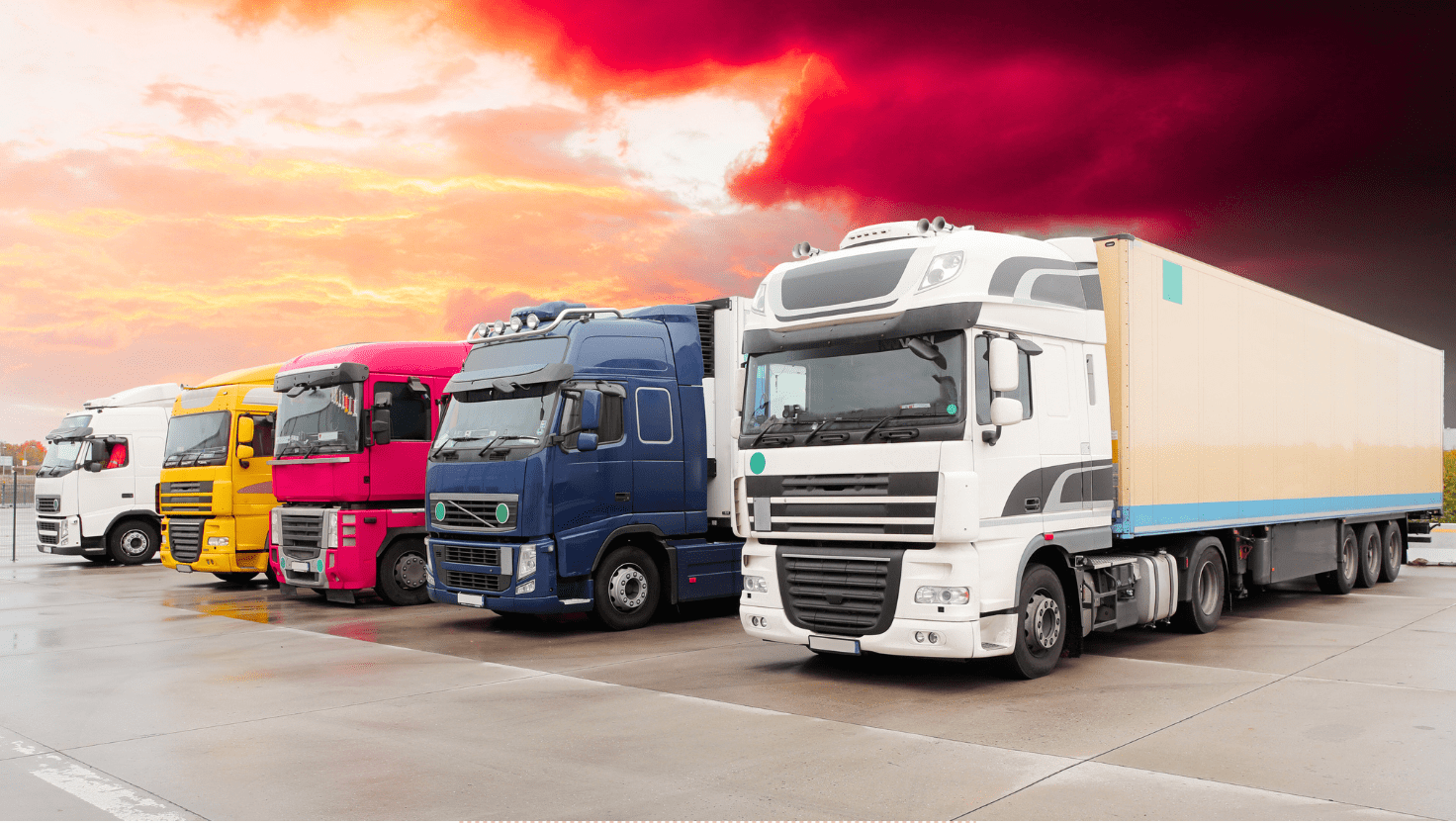
India’s first-ever e-Truck Incentive Scheme under PM E-DRIVE offers up to ₹9.6 lakh per electric truck, targeting a 42% cut in transport emissions. With ₹500 crore to deploy 5,600 e-trucks, will this revolutionary plan transform logistics and slash costs?
A future where India’s highways hum with the quiet power of electric trucks, cutting through the smog of diesel emissions while slashing logistics costs. Sounds like a distant dream? Not anymore! On July 10, 2025, the Government of India unveiled a ground-breaking initiative—the first-ever e-Truck Incentive Scheme under the PM Electric Drive Revolution in Innovative Vehicle Enhancement (PM E-DRIVE) program. This visionary scheme is set to transform India’s freight transport sector, making it cleaner, greener, and more cost-efficient. With a staggering 42% of transport-related greenhouse gas emissions coming from just 3% of India’s vehicle population—diesel trucks—this move couldn’t be timelier.
Buckle up as we dive into the details of this revolutionary scheme, uncover its potential to reshape India’s logistics landscape, and explore why it’s a critical step toward achieving the nation’s net-zero emissions goal by 2070. From financial incentives to environmental benefits, this blog post will spark your curiosity and reveal how India is steering toward a sustainable future.
What is the e-Truck Incentive Scheme?
The e-Truck Incentive Scheme, launched under the broader PM E-DRIVE initiative, is India’s first dedicated effort to promote electric trucks (e-trucks) in the N2 (Gross Vehicle Weight 3.5–12 tonnes) and N3 (GVW 12–55 tonnes) categories. Spearheaded by the Ministry of Heavy Industries (MHI) and announced by Union Minister H.D. Kumaraswamy, this scheme offers demand-linked financial incentives of up to ₹9.6 lakh per vehicle. These incentives are provided as an upfront discount, reimbursed to manufacturers via the PM E-DRIVE portal on a first-come, first-served basis.
The scheme aims to deploy approximately 5,600 e-trucks nationwide, with a special allocation of 1,100 e-trucks for Delhi to tackle the capital’s severe air quality issues. With a budget of ₹500 crore for e-trucks alone, this initiative is a strategic move to decarbonize freight transport, promote indigenous manufacturing, and align with the Atmanirbhar Bharat vision.
Why Focus on Electric Trucks?
Diesel trucks, despite being a small fraction of India’s vehicle fleet, are responsible for a disproportionate 42% of transport-related carbon emissions. This alarming statistic underscores the urgent need to transition to cleaner alternatives. The e-Truck Incentive Scheme addresses this by:
- Reducing carbon footprint: Electric trucks produce zero tailpipe emissions, significantly improving air quality.
- Lowering logistics costs: Incentives reduce the high upfront cost of e-trucks, making them competitive with diesel trucks.
- Promoting sustainability: The scheme supports India’s commitment to net-zero emissions by 2070 and the Viksit Bharat 2047 vision.
How Does the Scheme Work?
Financial Incentives: Breaking Down the Numbers
The e-Truck Incentive Scheme offers a subsidy of ₹5,000 per kWh of battery capacity, capped at ₹9.6 lakh per vehicle. The incentive varies by vehicle weight:
- N2 Category (3.5–12 tonnes GVW):
- 3.5–7.5 tonnes: Up to ₹2.7 lakh.
- 7.5–12 tonnes: Up to ₹3.6 lakh.
- N3 Category (12–55 tonnes GVW):
- 12–18.5 tonnes: Up to ₹7.8 lakh.
- 18.5–35 tonnes: Up to ₹9.6 lakh.
- 35–55 tonnes: Up to ₹9.3 lakh.
For articulated vehicles in the N3 category, incentives apply only to the puller tractor. This structured approach ensures affordability across different truck sizes, making e-trucks accessible to a wide range of operators.
Scrapping Requirement: A Dual Benefit
A unique feature of the scheme is its linkage to vehicle scrapping. To avail incentives, buyers must provide a Certificate of Deposit (CD) from an authorized scrapping facility, confirming the disposal of an old, polluting truck of equivalent or higher GVW. This requirement delivers a double win:
- Environmental impact: Removes high-emission diesel trucks from roads.
- Fleet modernization: Encourages the adoption of newer, efficient vehicles.
These certificates are tradeable, meaning a scrapped truck in Chennai could enable an incentive for an e-truck purchase in Delhi, fostering flexibility and nationwide impact.
Warranty and Reliability
To ensure trust in e-trucks, manufacturers are mandated to provide:
- Battery warranty: 5 years or 5 lakh kilometers (whichever comes first).
- Vehicle and motor warranty: 5 years or 2.5 lakh kilometers.
This comprehensive warranty framework guarantees reliability, addressing concerns about the durability of electric trucks in heavy-duty applications.
The Bigger Picture: PM E-DRIVE Initiative
The e-Truck Incentive Scheme is a cornerstone of the PM E-DRIVE initiative, launched on September 29, 2024, with a total outlay of ₹10,900 crore over two years (October 2024–March 2026). Unlike its predecessors, the FAME-II and Electric Mobility Promotion Scheme (EMPS), PM E-DRIVE expands its scope to include:
- E-trucks and e-ambulances alongside e-two-wheelers, e-three-wheelers, and e-buses.
- Public charging infrastructure: Plans to install 22,100 fast chargers for e-4Ws, 1,800 for e-buses, and 48,400 for e-2W/3Ws with a ₹2,000 crore allocation.
- Testing agency upgrades: Modernizing facilities to handle emerging EV technologies.
- E-voucher system: Streamlines incentive access via Aadhaar-authenticated vouchers at the point of purchase.
The initiative also supports 14,028 e-buses in nine major cities and e-ambulances for cleaner patient transport, reinforcing India’s commitment to sustainable mobility across sectors.
Why This Scheme is a Game-Changer
1. Tackling High Upfront Costs
Electric trucks are significantly more expensive than their diesel counterparts. For instance:
- A diesel N2 truck costs ₹17–18 lakh, while an e-truck costs ₹60–64 lakh.
- A diesel N3 truck costs ₹22–24 lakh, while an e-truck costs ₹74–78 lakh.
The 8–10% price reduction from incentives, combined with a 15–20% lower total cost of ownership (TCO) compared to diesel trucks, makes e-trucks a viable option for fleet operators. This cost parity is crucial for sectors like cement, ports, steel, and logistics, which rely heavily on freight transport.
2. Boosting Indigenous Manufacturing
The scheme promotes Atmanirbhar Bharat by enforcing a Phased Manufacturing Programme (PMP). From March 2026, critical components like Battery Management Systems and DC-DC converters must be locally manufactured, reducing reliance on imports. Leading OEMs like Tata Motors, Ashok Leyland, and Volvo Eicher are already ramping up e-truck production, strengthening India’s EV ecosystem.
3. Environmental and Economic Benefits
By targeting 5,600 e-trucks by FY2026, the scheme aims to:
- Reduce carbon emissions: Aligning with India’s net-zero 2070 goal.
- Improve air quality: Especially in pollution hotspots like Delhi, with a dedicated ₹100 crore allocation for 1,100 e-trucks.
- Create green jobs: Expanding the EV and battery manufacturing sectors.
- Lower fuel imports: Enhancing energy security.
4. Industry Leadership
Public sector enterprises like the Steel Authority of India Limited (SAIL) are leading the charge, committing to procure 150 e-trucks over two years and ensuring 15% of hired vehicles are electric. This sets a powerful example for private logistics operators.
Challenges and Opportunities
While the scheme is a bold step, challenges remain:
- Limited timeframe: Set to expire on March 31, 2026, the scheme has a tight window for adoption.
- Charging infrastructure: Though PM E-DRIVE allocates funds for chargers, widespread deployment is critical to address range anxiety.
- Market infancy: Only 200–230 e-trucks in the N2 and N3 categories were sold in FY24 and FY25, indicating a nascent market.
However, these challenges present opportunities:
- Innovation: Manufacturers are incentivized to develop cost-effective, high-performance e-trucks.
- Infrastructure growth: The push for chargers will create a robust EV ecosystem.
- Policy extension: If funds remain unused, the scheme could be extended, sustaining momentum.
The Road Ahead: A Vision for Viksit Bharat
The e-Truck Incentive Scheme is more than a subsidy program—it’s a catalyst for India’s sustainable future. By decarbonizing freight transport, fostering innovation, and reducing logistics costs, it paves the way for a cleaner, greener, and more self-reliant India. As Union Minister H.D. Kumaraswamy aptly stated, “This pioneering scheme, guided by the visionary leadership of Prime Minister Shri Narendra Modi, represents India’s first dedicated support for electric trucks. It will drive our nation toward sustainable freight mobility and the realization of Viksit Bharat by 2047.”
What’s Next?
With 5,356 electric goods carriers sold in FY25, the commercial EV market is poised for growth. The scheme’s success will depend on:
- Rapid infrastructure development: Ensuring chargers are accessible nationwide.
- Manufacturer compliance: Meeting PMP and warranty requirements.
- Operator adoption: Encouraging fleet owners to embrace e-trucks despite initial costs.
As India races toward its net-zero 2070 goal, the e-Truck Incentive Scheme is a bold stride in the right direction. Will it spark a green revolution in freight transport? Only time will tell, but the wheels are already in motion.
Final Thought: Join the Electric Revolution
The e-Truck Incentive Scheme is a landmark initiative that promises to reshape India’s logistics sector while combating climate change. By offering substantial financial incentives, enforcing scrapping policies, and promoting indigenous manufacturing, it’s a win-win for the environment and the economy. Are you ready to witness India’s freight transport go electric? Stay tuned as this scheme unfolds, driving the nation closer to a sustainable tomorrow.
Call to Action: Share your thoughts on this transformative scheme! How do you think e-trucks will change India’s logistics landscape? Drop a comment below and join the conversation on sustainable mobility!






